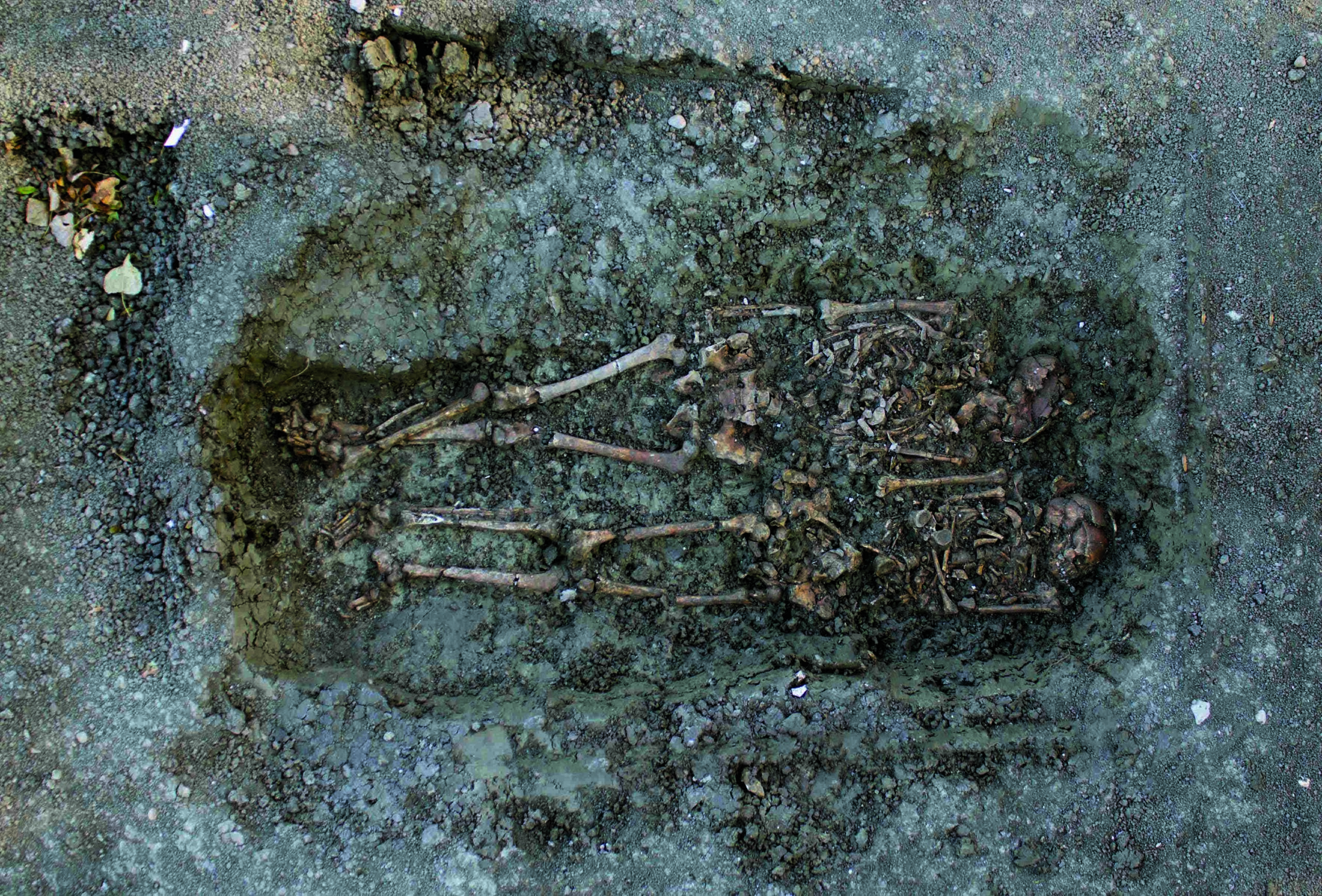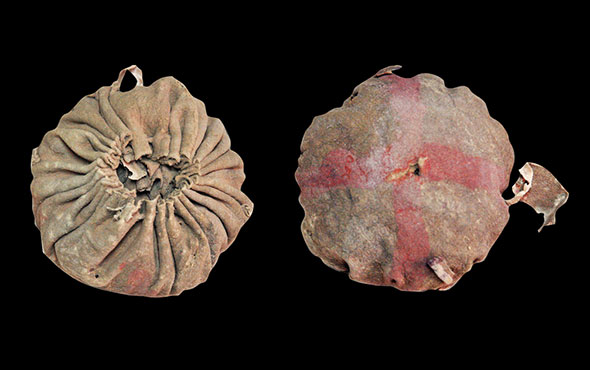TUCSON, ARIZONA—According to a Science News report, traces of a viral epidemic some 25,000 years ago have been detected in the DNA of present-day East Asians. Evolutionary geneticist David Enard of the University of Arizona and his colleagues analyzed more than 2,000 publicly available DNA samples from Chinese Dai, Vietnamese Kinh, and African Yoruba people for more than 400 proteins known to interact with coronaviruses. The researchers found that only the East Asian groups showed substantially increased production of all of the proteins. Analysis of the genes related to the production of these proteins suggests they became more common about 25,000 years ago and then leveled off about 5,000 years ago. This indicates that East Asians could have adapted to the infection, or the virus became a less potent cause of disease, Enard explained. Some of the gene variants would have also been useful for fighting other types of viruses as well, he added. Further study is needed to determine if these gene variants offer any protection against SARS-CoV-2, the virus that causes COVID-19. To read about a sixteenth-century epidemic in Mexico, go to "Conquistador Contagion."
Traces of Ancient Epidemic Detected in DNA
News April 15, 2021
Recommended Articles

Digs & Discoveries March/April 2023
Closely Knit

Digs & Discoveries January/February 2023
Farmers and Foragers

Rediscovering Egypt's Golden Dynasty September/October 2022
Who Was Tut’s Mother?

-
Features March/April 2021
The Visigoths' Imperial Ambitions
How an unlikely Visigothic city rose in Spain amid the chaotic aftermath of Rome’s final collapse
 Yil Dori
Yil Dori -
Letter from Chihuahua March/April 2021
Cliff Dwellers of the Sierra Madre
A recurring design motif found in northern Mexico’s ancient mountain villages reflects complex cultural ties between distant peoples
 (Photo by Stephen H. Lekson)
(Photo by Stephen H. Lekson) -
Artifacts March/April 2021
Subeixi Game Balls
 (Courtesy Patrick Wertmann)
(Courtesy Patrick Wertmann) -
Digs & Discoveries March/April 2021
An Enduring Design
 Courtesy Durham University
Courtesy Durham University


